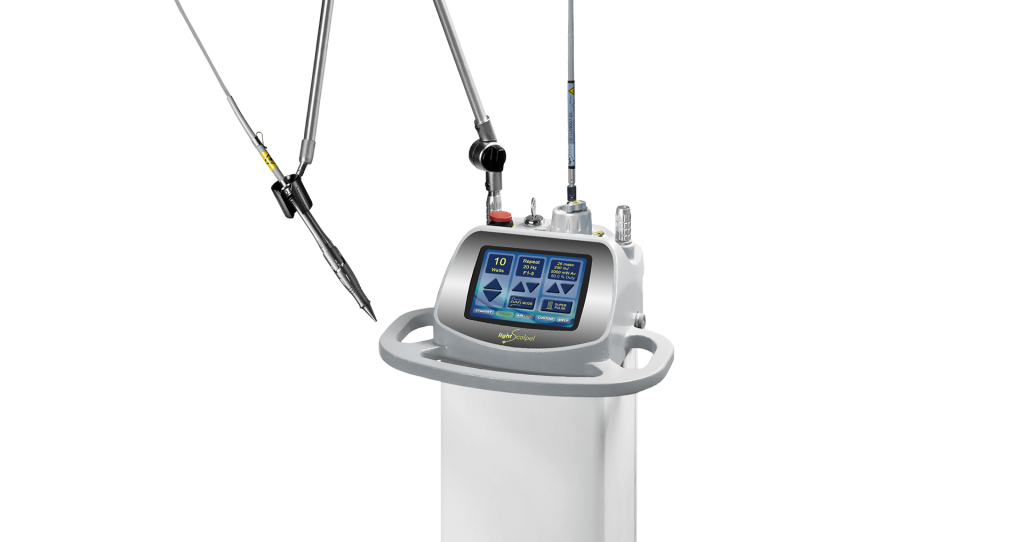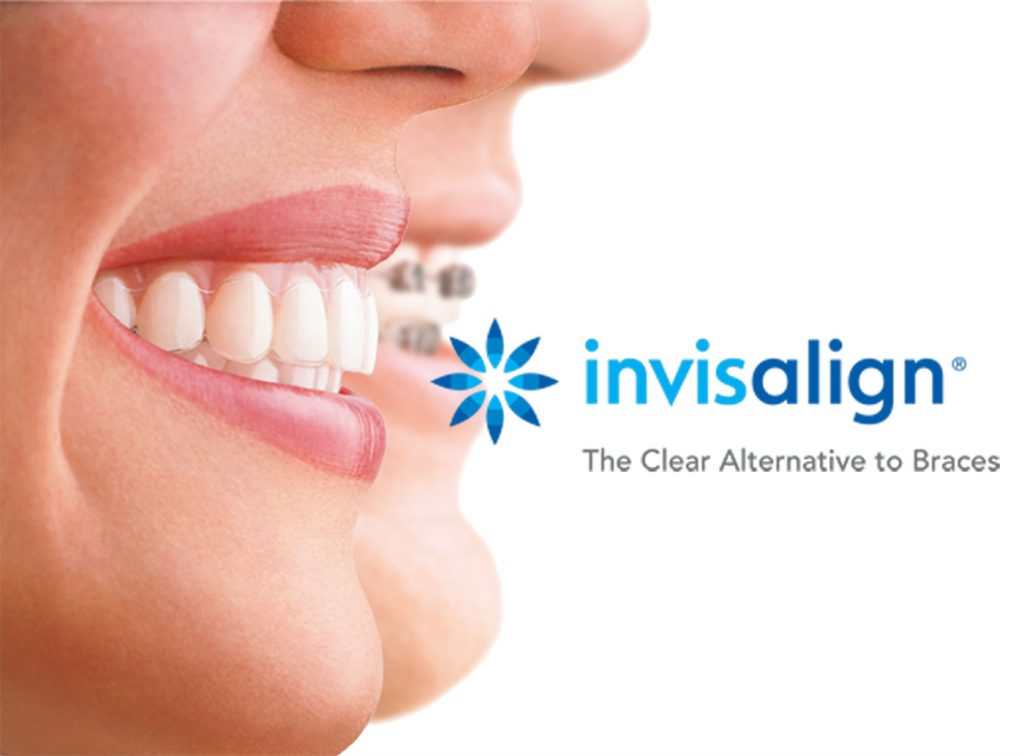Periodontal disease (also called gum disease) is more common than you may think.
If you’ve been diagnosed, you can rest easy knowing that your Seattle Smiles Dental team has extensive experience with periodontal disease and has successfully treated many patients.
Gum Disease
Gum disease is an infection of the tissues that surround and support your teeth and is a major cause of tooth loss in adults. Because gum disease is usually a painless and chronic problem, you may not know you have it. It is caused by plaque, the sticky film of bacteria that is constantly forming on our teeth. If plaque isn’t removed and allowed to grow, it can cause your gums to become inflamed and infected. When this happens, the gums pull away from the teeth and form deeper pockets which cause more plaque to get trapped that cannot be removed with regular brushing. If untreated, gum disease can lead to bone and tooth loss.
- Did you know? Over 75% of Americans suffer from periodontal disease; most don’t even know it.
- Warning signs you may have gum disease include: gums that bleed easily, red/swollen/tender gums, gums that have pulled away from the teeth, persistent bad breath or taste, permanent teeth that are shifting/loosening/separating, changes in your bite, changes in the fit of appliances such as partial dentures.
- Factors that increase the risk of developing gum disease: poor oral hygiene, smoking/chewing tobacco, genetics, crowded teeth that are hard to clean, pregnancy, diabetes
- Diagnosis of gum disease is done by measuring the natural pockets around the teeth and by x-ray examination. Teeth with gum disease will have deeper gum measurements and will exhibit bone loss on the x-rays.
- Periodontal treatments depend on the type of the gum disease and how severe it is. If the disease is caught early (when it is gingivitis), and no damage has been done to the supporting structures under the teeth, you may simply need a professional cleaning. We can give you tips for improving your daily oral hygiene.
- Even with these measures, some patients develop more severe periodontal disease. The first step in treating the disease usually involves a special deep cleaning called “scaling and root planing.” In this treatment, your hygienist or dentist removes plaque and tartar down to the bottom of each periodontal (gum) pocket. The root surfaces of the teeth are then smoothed (or “planed”) to allow the gum tissue to heal and reattach to the teeth. This treatment is usually done in two visits, depending on your needs. Topical and local anesthetic is usually used in order to ensure your comfort during this procedure.
- Your dentist may recommend medications to help control infection and pain or to aid healing.
- If you smoke or chew tobacco, it is important to quit as smoking greatly increases your periodontal disease risk and prevents healing. Ask your dentist or physician for information about ways to stop.
- Another dental visit will be scheduled within 4-6 weeks after your last scaling and root planing treatment. At this visit, your dentist or hygienist will look at your gums to see how they have healed. We will measure the periodontal pockets again. If the pockets have gotten deeper and the supporting bone is lost, more treatment may be needed. Sometimes a referral to a periodontal specialist, a periodontist, is required if the standard treatment is not successful.
- Periodontal maintenance visits will follow every 3-4 months which are cleaning appointments that help to maintain and stabilize those with gum disease. Like a regular cleaning, any plaque and tartar is removed from teeth, but increased attention will be given to cleaning deeper pockets remaining around teeth. Many people require periodontal maintenance for life. However, some people whose gum disease is mild and responds very successfully to treatment may be able to switch back to regular cleanings after their gum condition is shown to be healthy and stable.
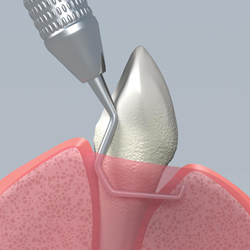
Scaling removes plaque and tartar from below the gumline
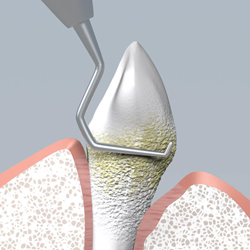
Periodontal surgery
If the pockets do not heal enough after scaling and root planing, periodontal surgery may be needed. In this case, we will refer you to a periodontist, or gum specialist. Surgery allows the dentist to remove tartar and plaque from hard-to-reach areas. Then the gums are stitched into place to hug the teeth tightly. Surgery can reduce pocket depth and make it easier to keep teeth clean.
If bone has been damaged by periodontal disease, surgery may be needed to rebuild or reshape the bone. Splints, bite guards or other appliances may be used to hold loose teeth in place and to help tissues heal. If too much gum or bone tissue has been lost, the dentist may do a gum or bone graft.
The dentist may place a membrane layer at the surgical area to help the gums stay in place while the tooth root reattaches to the supporting ligament. This is called “guided tissue regeneration.” After surgery, the dentist may apply a protective dressing over teeth and gums and recommend or prescribe a special mouthrinse. Your dentist also may prescribe an antibiotic and pain reliever.

Grafting material is placed over the bone. A membrane covers and holds the grafting material in place.

After the healing period.

Diseased tissue is removed from the pocket. In some cases, bone may be reshaped.
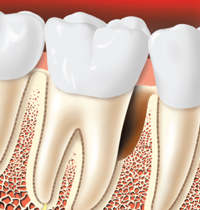
Bone has been reshaped.
Oral hygiene at home
Good oral hygiene at home also is very important to help keep periodontal disease from becoming more serious or from coming back. Daily home cleaning helps keep plaque under control and reduces tartar buildup.
- Brush your teeth twice a day with fluoride toothpaste.
- Floss your teeth once per day.
- Your dentist or hygienist may also recommend other oral aids to help clean between your teeth depending on your specific situation.
You don’t have to lose teeth to periodontal disease. Brush, clean between your teeth, eat a healthy diet and visit your dentist regularly for a lifetime of healthy smiles.







